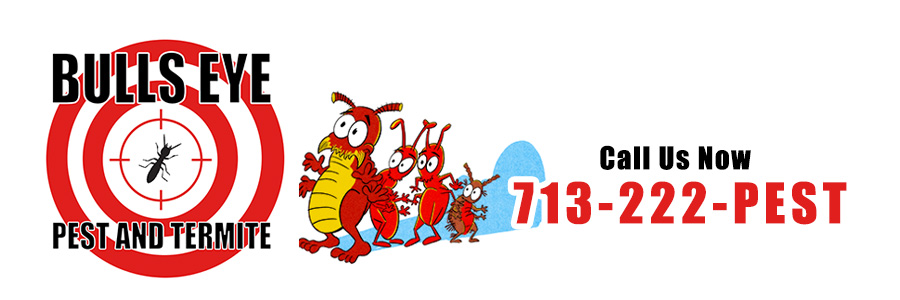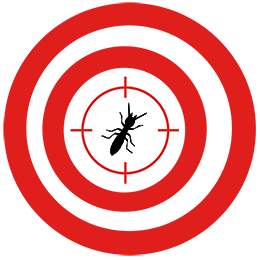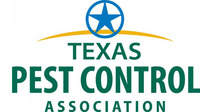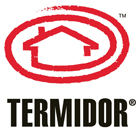Houston Pest Guide: Sugar Ants

Sugar ants aren’t a single species of ants. It's a name given to a number of different types of small ant because they all have one thing in common - the habit of entering people’s homes looking for sweet foods. When people encounter sugar ants, it’s usually in the form of a line of these ants marching across their kitchen counter, carrying food back to the colony.
Sugar ants rarely pose a health hazard to humans, but their presence can be a real nuisance, particularly when they show up in large numbers.
Because sugar ants is a broad, generic term for multiple species of ants, getting rid of sugar ants can require knowing which species you're dealing with. Different species will respond to different treatments, and treatments that work on one species won't work on another. In Houston, some of the most common species of ants described as sugar ants are Argentine ants, ghost ants, and pharaoh ants.
Argentine Ants
Argentine ants are small ants measuring around 1/16th of an inch in length, with light to dark brown colored bodies. As their name implies, they originated in South America but now inhabit warm climates across the globe.
Ghost ants
Ghost ants are a small species of ant, usually less than 1/16th of an inch in length, but can be easily recognized from their translucent bodies topped with with dark brown heads.
Pharaoh Ants
Pharaoh ants are one of the most common ant pests in Houston. The name describes several closely-related species of ants that commonly come indoors. All of these ants are very small and have a body color that ranges from a light, tawny yellow to a dark reddish brown.
Sugar Ant Colonies
All species of ants live in colonies, which are built around an egg-laying queen. Eliminating ant colonies means eliminating the queen. When the queen is dead, the colony can no longer reproduce and will die off.
However, it's not always that simple. Both Argentine ants and ghost ants can build colonies containing multiple queens. All of these queens must be eliminated to destroy the colony. And in some cases, a sugar ant infestation may come from multiple colonies.
Argentine ants won't attack other members of their own species. This means that multiple colonies of these ants can peacefully exist close to each other. Pharaoh ants and ghost ants will expand their colonies by a process known as budding, where when a colony grows too large a segment of ants will break off with a new queen to form their own colony nearby. For pharaoh ants, this process can happen several times a year, and each new colony that has budded off from the first one can then bud off new colonies of its own. Within one year, a single healthy pharaoh ant colony can produce enough offspring colonies to fill an entire city block.
All ants will attempt to build their colonies close to a source of food, and for ghost ants and pharaoh ants this can mean building their nests inside buildings, occupying spaces beneath floors and in the walls.
How Do I Get Rid of Sugar Ants?
The first step to getting rid of sugar ants is to reduce the temptation for ants to enter your home. Sugar ants will enter a home looking for food, and restricting their ability to access those food sources can help prevent an infestation.
- Keep all surfaces where food is present or prepared clean and dry.
- Keep sugar, honey, and sugary foods tightly sealed in plastic or glass containers.
- Keep kitchen grease and greasy foods well sealed.
- Regularly clean cabinets and cupboards where food is stored.
- Seal any visible cracks or gaps in walls where ants are seen entering.
Ant traps and baits can be helpful in reducing small-scale sugar ant incursions, although some sugar ants may ignore the baits if more tempting sources of food are readily available nearby.
Ant baits also work by relying on the ants scouting for food carrying the poisoned bait back to the queen. But because a large-scale sugar ant infestation may involve multiple colonies or a colony with multiple queens, or even multiple colonies with multiple queens, baits can be ineffective, because killing off one queen can still leave others thriving.
For large-scale sugar or frequent ant infestations, call Bulls Eye at 713-222-PEST (7378) . We have the knowledge and experience to find and eliminate the colony or colonies the invading ants are coming from, and keep sugar ants out of your home.Request a Quote
713-222-PEST (7378)
By submitting, you agree to receive occasional text messages or emails for appointment reminders and promotions from Bulls Eye Pest and Termite. To opt-out reply STOP at any time. Msg & Data rates may apply.
What Our Customers Are Saying
Thorough service. Thank you !
Richard
Thanks again, Adam, for a thorough job getting rid of our pesky fire ants. You are always on time, and so efficient, knowledgeable and friendly. Great working with you and Bulls-Eye this year!
Darlene
Adam is very personable and he did a thorough job.
Monica
So nice and helpful.
Gena









